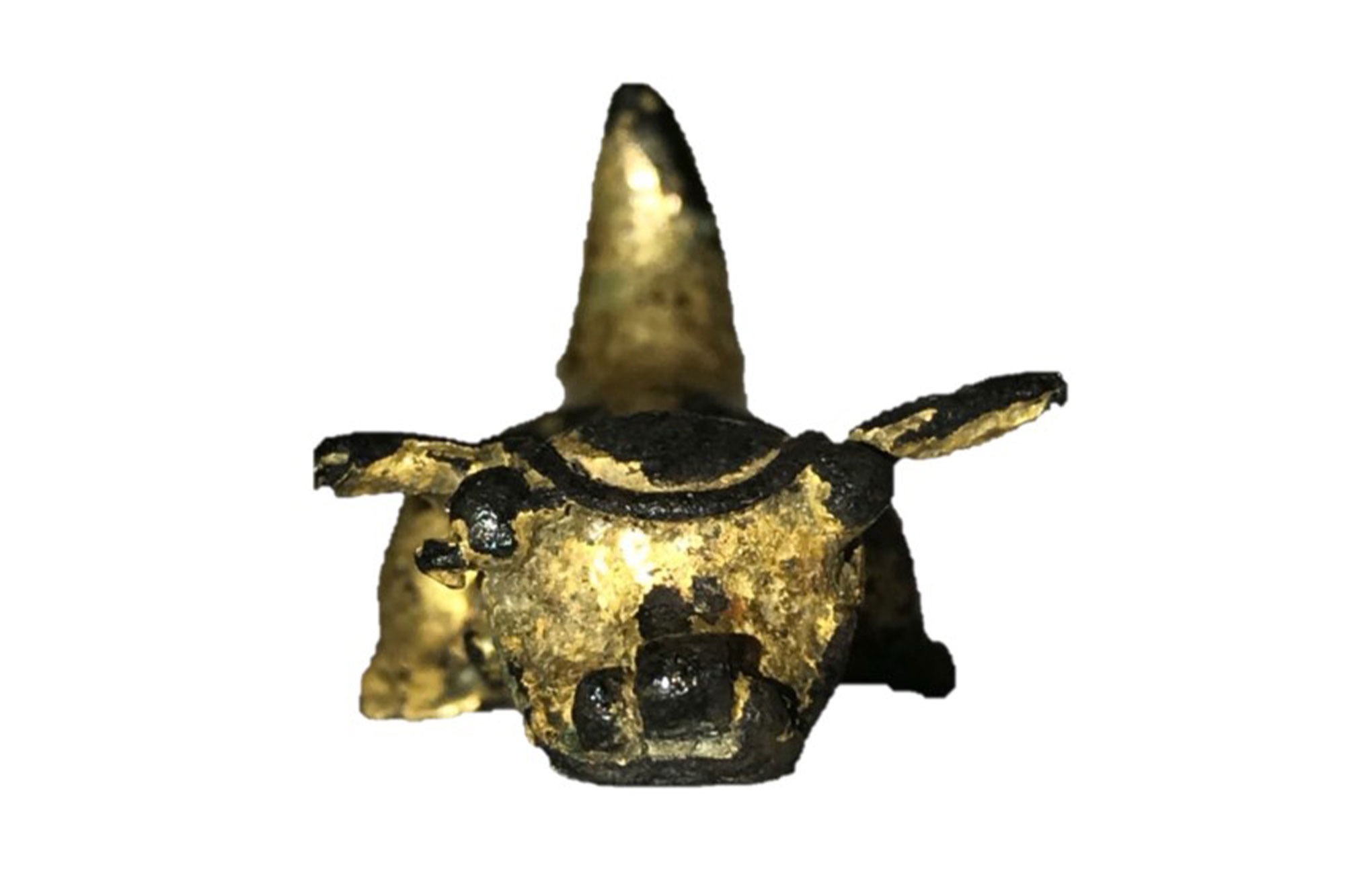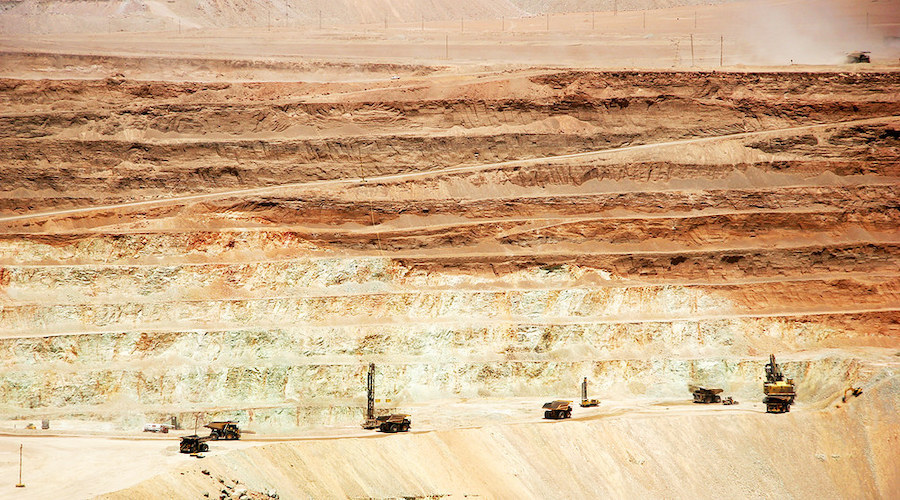Turquoise Hill swings to loss on Mongolia mine woes

Rio Tinto-controlled Turquoise Hill Resources said an impairment charge at the cash-generating unit of its Oyu Tolgoi copper mine in Mongolia led to the company missing estimates for second-quarter profit on Wednesday.
Turquoise Hill, which owns 66% of the mine, reported a loss of $736.7 million, or 22 cents a share, in the three months ended June 30, compared with a profit of $204 million, or 9 cents, a year earlier. That compared with analyst expectations for earnings of 3 cents a share.
Oyu Tolgoi’s underground expansion has been beset by delays, cost overruns and political squabbles
Oyu Tolgoi, operated by Rio Tinto PLC and expected to become one of the mining company’s most lucrative properties, produced 39,156 tonnes of copper and 71,825 ounces of gold during the quarter.
That came at an all-in sustaining cost of $1.54 per pound of copper produced, compared with $2.42 a year earlier.
Oyu Tolgoi’s underground expansion has been beset by delays, cost overruns and political squabbles, prompting the government of Mongolia, which owns 34% of the mine, to set a vote for August to cancel parts of an investment agreement with Rio Tinto. This would reduce the company’s future profits while benefiting Mongolia.
Turquoise Hill shares have slumped 46% since it said this month it could spend as much as $1.9 billion more than the $5.3 billion previously announced on the underground expansion of Oyu Tolgoi, and that first production would be delayed by up to 30 months.
The impairment causing its quarterly loss was related to that increase in expected spending and delays, the company said on Wednesday.
Turquoise Hill, which is also listed on the New York Stock Exchange, said its share price decline to below $1 meant it is no longer in compliance with the exchange’s listing rules, and that it intends to “pursue measures to cure the share price non-compliance.”
Turquoise Hill spent $292 million on the expansion during the quarter, bringing total expenditure on the underground project since January 1, 2016, to $2.9 billion.
Turquoise Hill posted revenue of $382.7 million, down from $341.7 million a year ago and compared with analysts’ expectations of $307.5 million.
(By Nichola Saminather; Editing by Grant McCool and Jonathan Oatis)
More News
PDAC Video: Critical Metals plans key green energy projects in Europe
April 10, 2025 | 02:55 pm
One of the strangest chapters in copper mining is drawing to a close
April 10, 2025 | 01:40 pm
{{ commodity.name }}
{{ post.title }}
{{ post.date }}




Comments